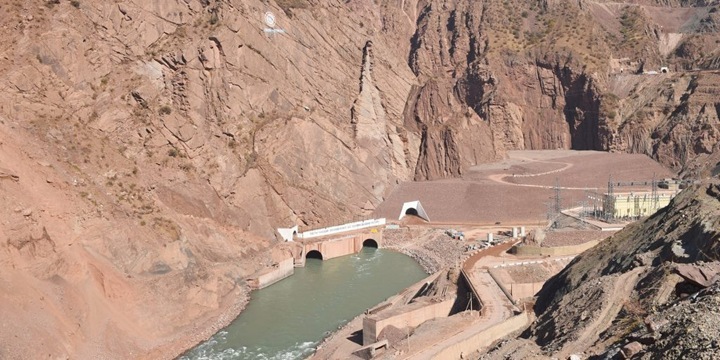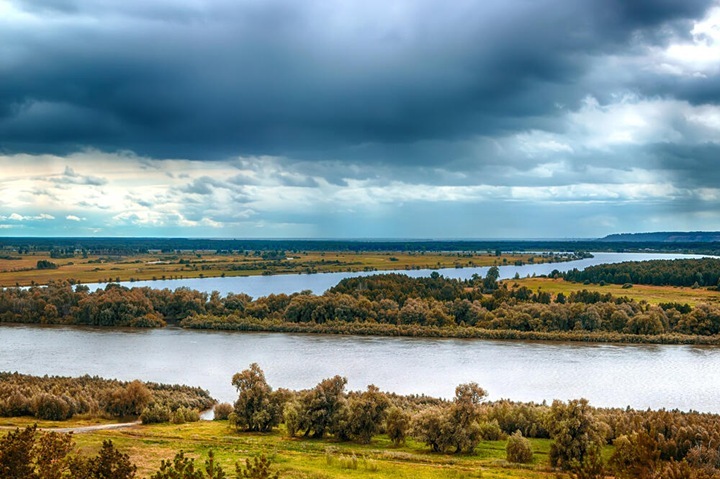Development banks and Dams: how to protect rivers from environmentally hazardous projects
How can environmental factors and interests of local residents be taken into account when implementing Dam construction projects in Central Asian countries financed by international development banks? Environmentalists are ready to share their experience.

The international ecological coalition “Rivers without Boundaries” (Rivers without Boundaries), together with the European non-governmental organization CEE Bankwatch Network, released today a methodological guide for civil activists entitled “How to interact with development banks lending hydropower projects in Central Asia.”
The new publication is intended primarily for civil society activists involved in the construction of dams and other environmentally hazardous water infrastructure facilities in Central Asia, a region where Dam construction projects are still being massively promoted, which can cause extremely serious socio–environmental problems.
As noted in the manual, in the Central Asian region, the practice of holding public hearings and public participation in decision-making is still being developed, therefore, organizations that are looking for ways to express their concerns need to reach out to the widest possible range of stakeholders, including international financial institutions, in order to be heard. The manual offers detailed instructions on how to do this, along with practical examples of how non-governmental organizations have interacted with development banks in the framework of specific projects in Eastern Europe, the Caucasus and Central Asia.
“One of the decisive factors in the campaigns against the construction of dangerous dams in different parts of the world is the interaction with international development banks that provide money for such projects. However, communication with such bureaucratic organizations is far from always intuitive due to the complex web of standards, procedures and endless abbreviations,” says Yevgeny Simonov, international coordinator of the Rivers Without Boundaries environmental coalition. “Therefore, this manual is designed to help civil society activists in communicating with financial institutions that finance or are potentially ready to finance environmentally hazardous infrastructure projects – in particular, Dam projects.”
“In our manual, we presented a brief comparative overview of the social and environmental standards of development banks and their mechanisms for handling complaints from public organizations and local residents,” said Alexander Kolotov, Regional Director of the Rivers Without Boundaries Coalition for Central Asia. – In addition, the mechanisms of interaction with the Eximbank of China and other Chinese banks are presented separately, since their working methods differ significantly from the working methods of other international financial institutions.”
The manual has been published in electronic format, available for download on the websites of organizations, in Russian and English.


